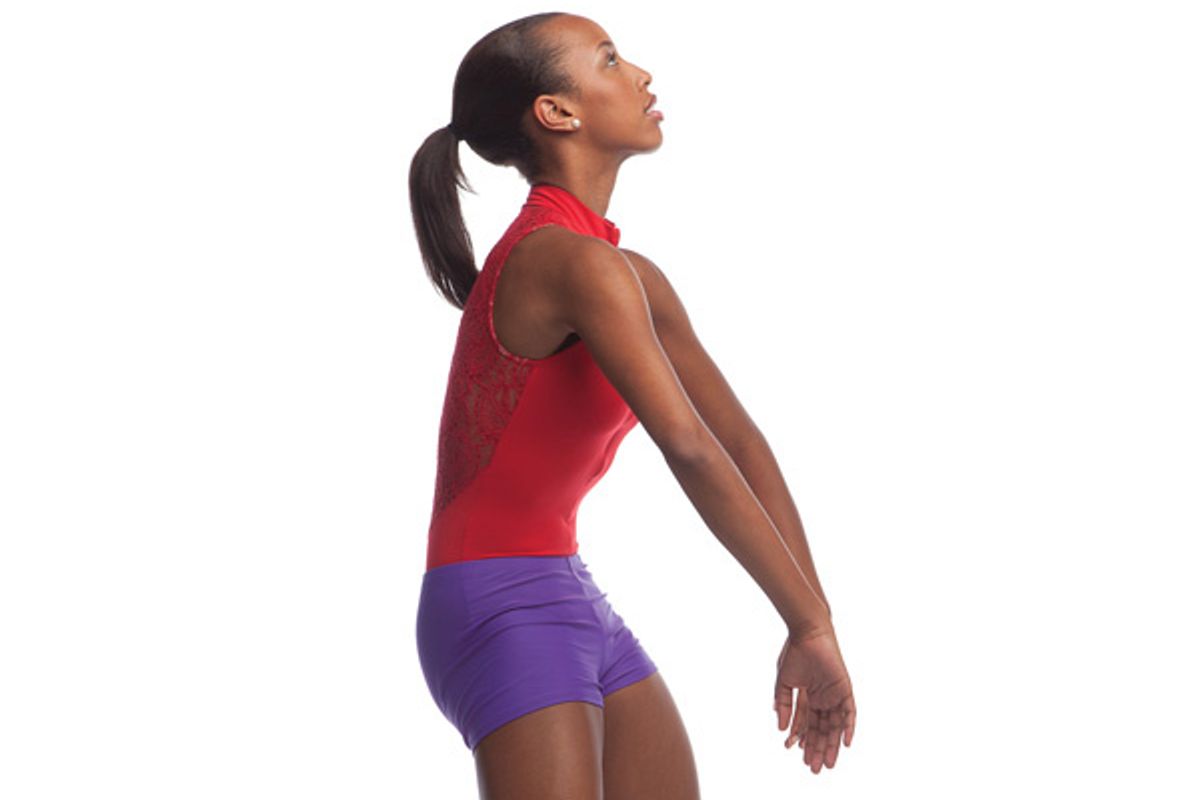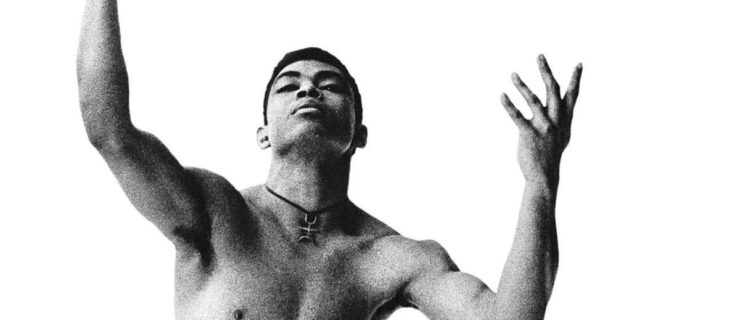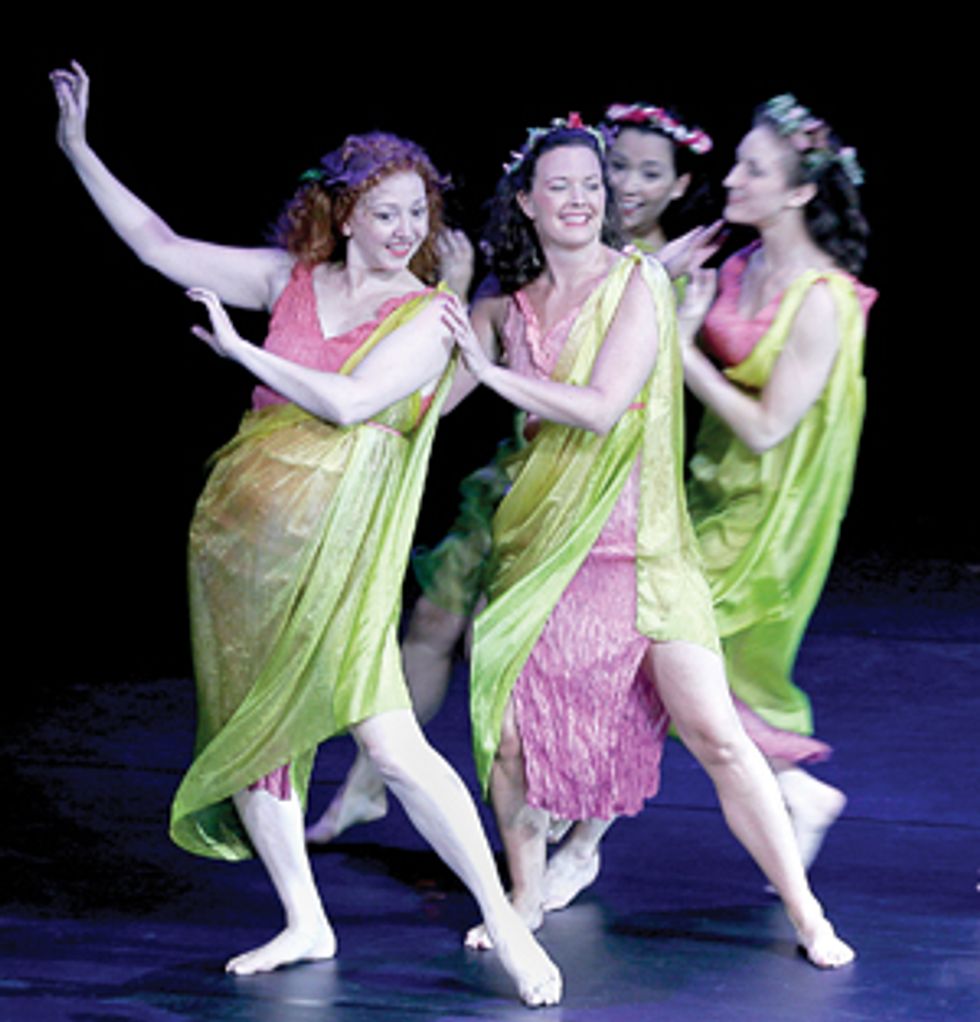Modern Essentials
Want to land a spot with Gallim Dance or Alonzo King LINES Ballet? You’d better head to modern class. But if you’re new to the style, don’t freak out! Just as ballet relies on a specific vocabulary, much of modern choreography also stems from a group of fundamental movements. DS spoke with master teachers to give you a leg up on three that are at the heart of the style.
THE CONTRACTION
Origins:
Always partnered with a release, the contraction is the core of Martha Graham’s technique.
Who uses it today:
The Martha Graham Dance Company, and choreographers including Ohad Naharin, Paul Taylor, Mark Dendy and Pascal Rioult. You’ll also see it in jazz classes and in the works of experimental ballet companies, like Complexions Contemporary Ballet.
DO
breathe with the movement. Exhale as you contract and inhale as you release.
DON’T
crunch your spine as you contract. “The sacrum [at the base of the spine] moves backward as your upper body moves forward, keeping length in your body,” says Marcus Schulkind, former member of Batsheva Dance Company and founding director of the Green Street Studios center for dance near Boston. He adds that it may help to imagine contracting in a bathtub: “You’d displace the water forward and backward, not up and down.”
THE SWING
Origins:
Stemming from the work of modern dance pioneer Doris Humphrey, the swing epitomizes the fall-and-recovery philosophy of the José Limón technique. (Limón was one of Humphrey’s students.)
Who uses it today:
The Limón Dance Company, and choreographers including Mark Morris, Lar Lubovitch, Larry Keigwin and Trey McIntyre.
DO
release your neck. “When people are afraid or insecure, they tend to tighten their necks to feel control,” says Alan Danielson, director of the Limón School in NYC. “Some techniques are based on shapes, but this is rooted in the sense of motion. You need to allow gravity to take hold of your body.”
DON’T
break the flow of movement. “Think of a basketball bouncing,” Danielson says. “It doesn’t stop at the top or the bottom.”
The Flat-Back
Origins:
A major part of Lester Horton’s technique, flat-back exercises are performed in a series at the beginning of a Horton class to mobilize your hips, stretch your hamstrings and stabilize your core.
Who uses it today:
Primarily incorporated into choreography by Alvin Ailey (who was Horton’s student), it’s prominent in jazz classes, too.
DO
start with your feet parallel and hip distance apart, advises JoLea Maffei, who teaches Horton at Steps on Broadway in NYC. Hinge from your hips and keep your weight over the balls of your feet.
DON’T
release your rib cage. “Keep the torso long so your ribs are controlled in the body, not dropping towards the floor,” Maffei says.
Photography by Erin Baiano






